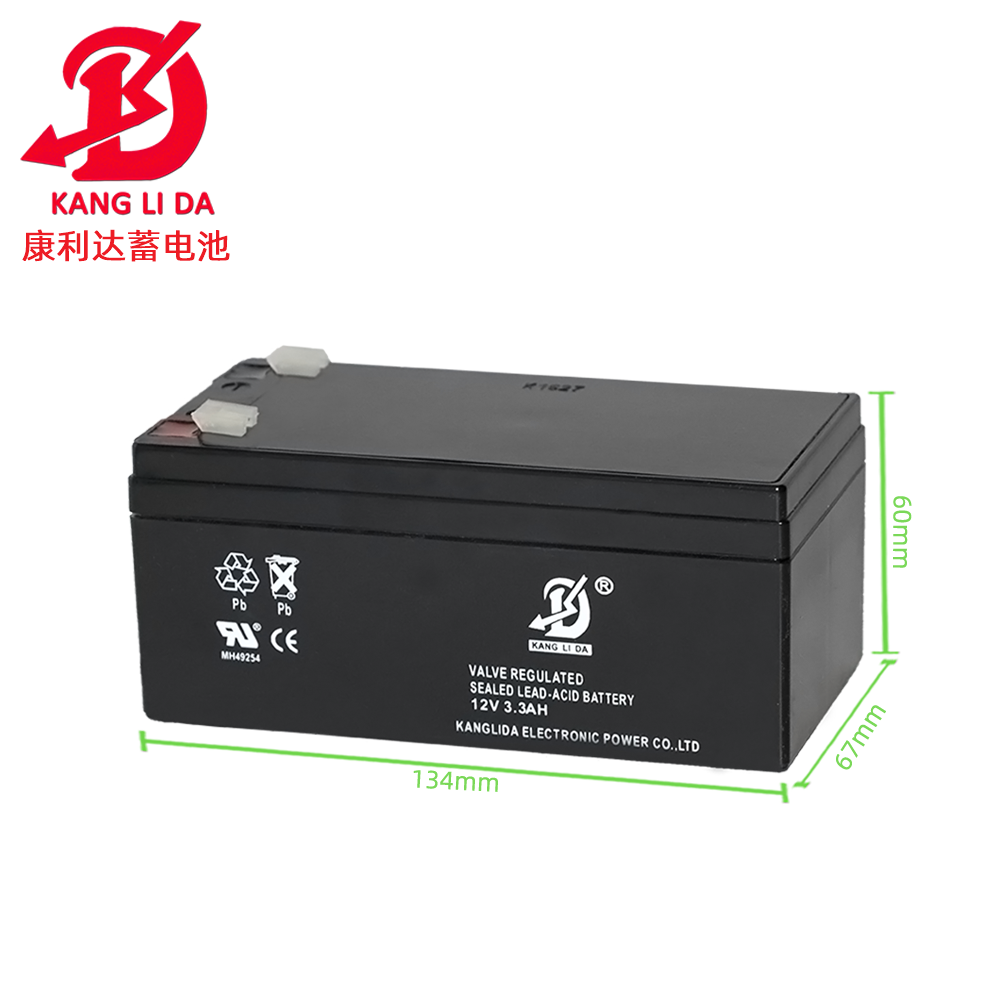Life characteristics of common batteries
The life of a battery usually refers to: when the actual capacity of the battery cannot reach more than 50% of the rated capacity, it is called the end of life. According to the purpose, the life is often expressed by the total number of cycles or the number of years of use. The life of the battery is also closely related to the conditions of use.
1. Factors affecting battery life
There are many factors that affect battery life. The most important one is related to the use of the battery. The specific factors are as follows:
(1) Temperature
Too high a temperature will accelerate the aging of the battery and shorten the life of the battery (note: charging at a too low temperature will easily produce hydrogen, which will shorten the life, which is especially obvious for floating charging applications).
(2) Depth of discharge
The more discharged each time (the greater the depth of discharge), the shorter the cycle life will be (overdischarge is especially harmful!!)
(3) The size of the discharge current
Excessive discharge current will shorten the cycle life of the battery.

(4) The size of the charging current
Excessive charging current will cause the battery to buckle a lot and shorten the battery life. (Note: Recent reports indicate that proper high-current charging helps battery life).
(5) Degree of overcharge
Each type of battery has a recommended charging method. When the battery is overcharged, the battery life will be shortened. Pay special attention to the use of floating charging!
Message





